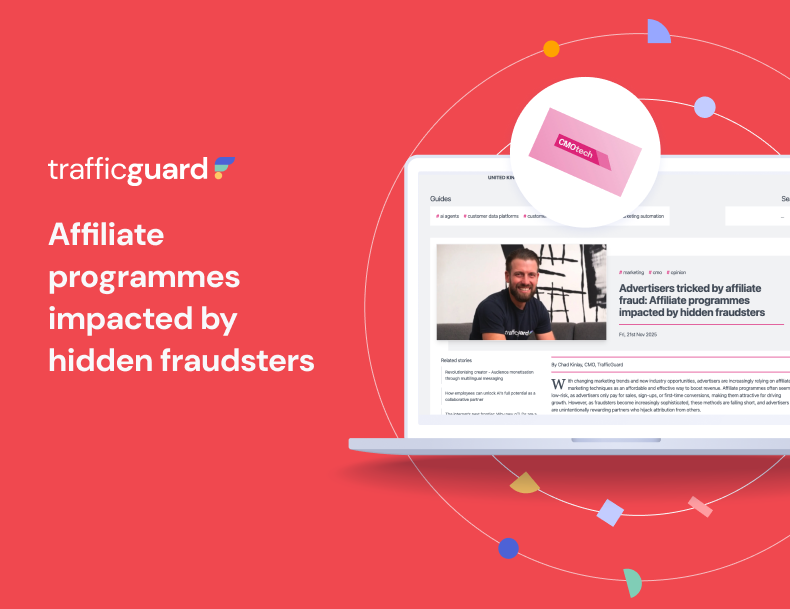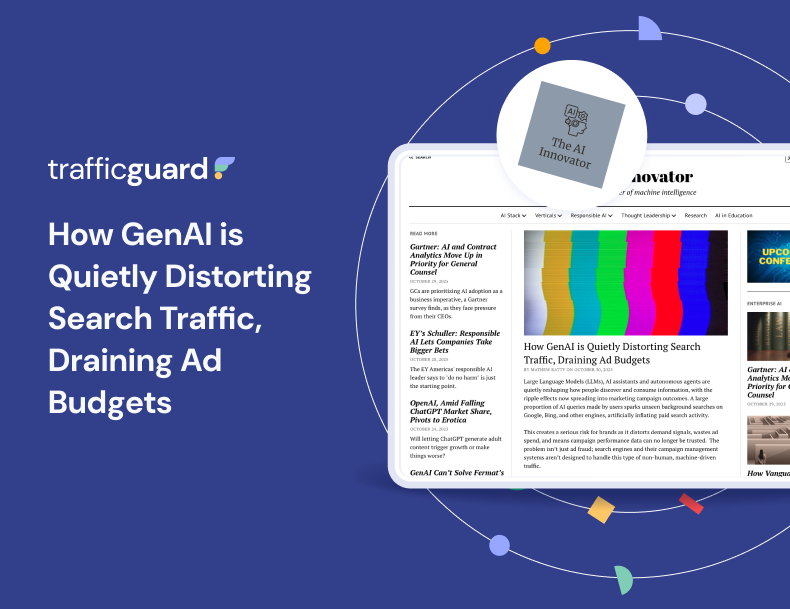The definitive guide to dominating mobile user acquisition in 2023

User acquisition plays a crucial role in the success of any app or mobile product strategy. Without a consistent influx of new users, it is impossible to sustain or scale an application. Whether you are a startup gearing up your marketing strategy or an existing business looking to drive user acquisition, it is a top priority for mobile app marketers. As the app store marketplace becomes increasingly competitive, businesses are reevaluating their mobile app user acquisition strategies.
In this comprehensive guide to mobile user acquisition in 2023, we will explore essential concepts, measurement methods, channels, best practices, and the critical role of invalid traffic protection in your mobile user acquisition strategy.
What's the difference between user acquisition and customer acquisition?
User acquisition and customer acquisition are related terms but differ in scope and focus. User acquisition primarily targets acquiring new users for your mobile app or product. It involves attracting individuals who may have never interacted with your app before and converting them into active users.
On the other hand, customer acquisition involves not only attracting users but also nurturing and converting them into long-term, revenue-generating customers. In the context of mobile apps, user acquisition is often the first step in the customer acquisition journey. Once users are acquired, businesses can focus on converting them into paying customers through monetization strategies, subscriptions, or in-app purchases.
As a mobile app marketer, you need to measure and optimize your user acquisition efforts. Understanding the success of your mobile user acquisition campaigns is crucial for improving their performance. Key metrics for marketers to monitor in mobile user acquisition include downloads/installs, cost per install (CPI), retention rate, lifetime value (LTV), and return on ad spend (ROAS).
What makes a good mobile app user acquisition strategy?
To achieve successful mobile app user acquisition, consider the following best practices:
Targeted audience segmentation: This should be the first step of your mobile app marketing strategy. Identify and target specific user segments based on demographics, interests, behavior, or other relevant factors. Tailor your messaging and acquisition efforts to resonate with each audience segment.
Compelling value proposition: Clearly communicate the unique value and benefits your app offers to potential users. Highlight what sets your app apart from competitors and why users should choose it through your messaging and visuals.
Effective marketing campaigns: Develop a comprehensive marketing strategy that includes a mix of paid advertising, content marketing, social media promotions, and public relations efforts. Tailor your campaigns to different channels and target audiences to maximize reach and impact.
Take a data-driven approach: Utilize analytics and tracking tools to gather data on user behavior, acquisition sources, and campaign performance. Analyze the data to gain insights into user acquisition trends, optimize campaigns, and make data-driven decisions.
Top five mobile user acquisition channels
App store optimization (ASO): ASO involves optimizing various elements of your app store listing, including the app title, keywords, description, screenshots, and reviews. It helps improve visibility in app store search results, leading to increased organic downloads. Think of ASO as digital window-dressing, attracting people to your app.
Social media: Platforms like Facebook, Instagram, Twitter, and Snapchat offer robust targeting capabilities and extensive reach. Taking advantage of this targeting and creating engaging visuals is an effective way to drive new users to your app.
Influencer marketing: Collaborating with influential individuals or micro-influencers within your app's niche can be a powerful user acquisition strategy. Influencers can promote your app to their followers, generating awareness and driving downloads.
Mobile ad networks: Mobile ad networks, such as Universal App Campaigns (UAC), AdMob, and Unity Ads, provide access to a vast network of mobile apps and websites where you can advertise your app. These networks offer various ad formats, including display ads, video ads, and native ads.
Referral programs: Encouraging your existing users to refer your app to others is an effective way to acquire new users. Implementing referral programs with incentives, such as discounts or exclusive content, can incentivize users to spread the word about your app.
Read more 👉 The definitive guide to dominating mobile user acquisition in 2023
Get started - it's free
You can set up a TrafficGuard account in minutes, so we’ll be protecting your campaigns before you can say ‘sky-high ROI’.
At TrafficGuard, we’re committed to providing full visibility, real-time protection, and control over every click before it costs you. Our team of experts leads the way in ad fraud prevention, offering in-depth insights and innovative solutions to ensure your advertising spend delivers genuine value. We’re dedicated to helping you optimise ad performance, safeguard your ROI, and navigate the complexities of the digital advertising landscape.
Subscribe
Subscribe now to get all the latest news and insights on digital advertising, machine learning and ad fraud.







